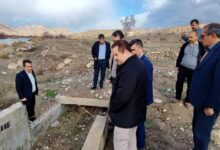Iran’s intangible cultural heritage has a high chance of world registration
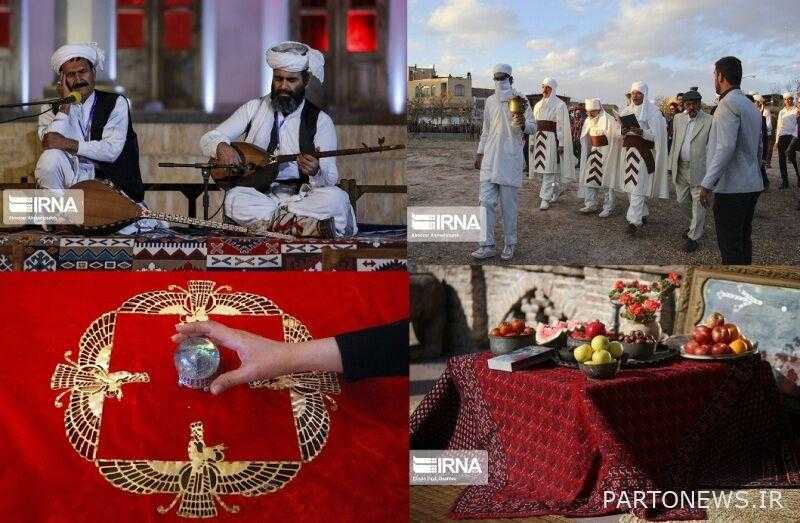
The representative of the National Commission for UNESCO in the UNESCO Silk Road program said: “Iran’s intangible cultural elements and heritage have a high chance of world registration due to their” survival, spontaneity and permanence “.
According to the IRNA cultural group, the first meeting of the World Silk Road Living Heritage, based on the resolution of the third meeting of the Silk Road Living Heritage Network Preparation Committee, was attended by representatives from the Silk Road countries, especially Iran, South Korea, Uzbekistan, Tajikistan, Kazakhstan, Kyrgyzstan, Turkey. The Republic of Azerbaijan, as well as experts and researchers of intangible heritage from universities in Asia-Pacific on November 6 and 7, 1400 with scientific lectures and study of the intangible heritage of the Silk Road, followed by the second meeting entitled “Review and approval of celebrations on 19 December 1400 was held.
The meeting, hosted by the International Center for Intangible Cultural Heritage and Information in Asia-Pacific (a second-tier institution under the auspices of ICHCAP-UNESCO) in South Korea, and the International Institute for Central Asian Studies (IICAS) in Samarkand, celebrated Chaharshanbeh Soori, Mehregan, Chehlenshini (Yalda), Sedeh and Music of Iran were introduced and recorded.
In this context, Hassan Bastani-Rad, who has been associated with the UNESCO Silk Road program since 2014 due to his specialized and professional activities in the historical geographical field of the Silk Road, and since 1397 with the decree of Hojjatullah Ayoubi, Secretary General of the UNESCO-Iran National Commission. We talked at the meetings of the UNESCO Silk Road program, we talked.
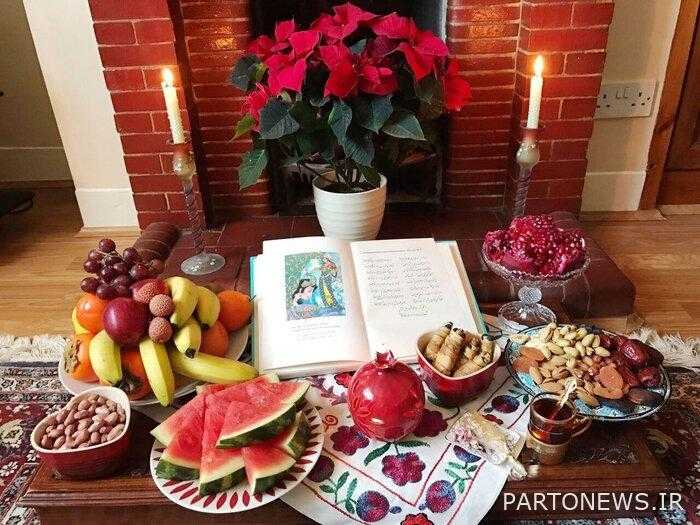
Registration of common intangible heritage is not limited / Send Yalda file to UNESCO
In an interview with IRNA cultural correspondent, Bastani-Rad explained about the introduction and world registration of intangible heritage in UNESCO: The process of world registration of intangible cultural heritage in the United Nations Educational, Scientific and Cultural Organization (UNESCO) is different. It has been submitted to this organization by the Ministry of Heritage, Culture, Tourism and Handicrafts and the National Commission for UNESCO-Iran, and will most likely be designed and approved next year (1401).
The representative of the National Commission for UNESCO in the UNESCO Silk Road program said: the registration of intangible heritage is not limited to joint files and several files are registered every year (such as Nowruz with the presence of 12 countries hosted by its secretariat in Iran), but to register the heritage of a country. No one else should join the file and be independent (such as the Iranian Calligraphy Protection Program, which was registered this year by the National Commission for UNESCO, the Iranian Calligraphers Association, and the Ministry of Cultural Heritage). Celebration of Cheleh (Yalda), as an independent file of Iran has been compiled and submitted to UNESCO and is in the process of review and registration.
He added: “The best subject for designing Iranian celebrations is the Iranian solar calendar, because these rituals and celebrations such as Cheleh make sense in the official Iranian calendar.” For example, the Republic of Azerbaijan, which uses the Gregorian calendar as an official-administrative calendar, but has introduced a holiday called Wednesday Tarakmeh (the last Wednesday of the year), which seems to be completely in one village and in some other regions of the Republic of Azerbaijan. Is held scattered; But this is the Iranian Wednesday celebrated in the Iranian calendar on the last Tuesday night of the year, otherwise the last Tuesday night in the official calendar of the Republic of Azerbaijan, like other countries, is in late December and the first week of December, which is based on the Iranian solar calendar. It is in late March (early March), not according to the Gregorian calendar of other cultures and countries.
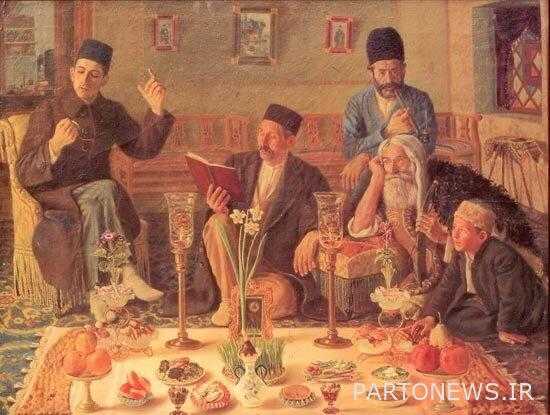
Nowruz is based on the Iranian calendar
Bastani Rad stated: Nowruz in various countries of Central Asia, Western, Caucasus and Eastern Europe that is protected is based on the Iranian calendar and not the official, national and administrative calendars of those countries. Hence, we focused on the solar Hijri calendar, which is the basis of the cultural, historical, official and religious calendar of the calendar in Iran.
The author of the book Iran Silk Road Intercultural Bridge (Ministry of Foreign Affairs Publications. 1397) stated: Hijri lunar calendars (with religious function in Islamic countries) and Gregorian calendars are also used as international calendars in Iran and Afghanistan, and in Iran all three calendars They are used together and do not interfere with each other. That is, each of the countries that celebrate Nowruz, Mehregan, Shab-e Cheleh, and Chaharshanbeh Soori, for example, actually uses the Iranian calendar informally, and it is the Iranian calendar that determines the time of their celebrations and their cultural events. Not the official and national calendar of their own country.
We had dozens of celebrations in the Iranian solar calendar, of which 24 were the main celebrations and 12 celebrations named after one of the days of each month had a special place. Like Tirgan in “Tirrooz” equal to 13 July. In the ancient Iranian calendars, the days of the month were not called from one to 30 or 31 days, but every day was called one of the forces of goodness and Minoanism, and the name of every 12 months was also mentioned in the names of the days of the months.
The faculty member of the History Department of Shahid Beheshti University added: In the month of Mehr (the seventh tower of the year), a day was also called Mehr, which is sometimes called 10 Mehr and some people emphasize 16 Mehr. In different provinces, the Mehregan festival, which coincided with the sowing of seeds and agriculture, was held on different days from October 1st to October 7th. In Persian mythology, it is equal to the coronation of Fereydoun Interestingly, the Hazaras in northern Afghanistan call this month leaven, which is the most important crop in the region, coinciding with the planting season of grains, especially wheat and barley.
Representative of the National Commission for UNESCO-Iran in the UNESCO Silk Road Program: Although in the official calendar of Afghanistan the names of the months are the same as in Iran during the Qajar period, like the moon equal to October, but among the millennia the letters of the months are very interesting; Also, the deciduous moon for November, the summer solstice for August (simultaneously with the great summer solstice) and the winter solstice for Azar equal to the great solstice and the summer solstice.
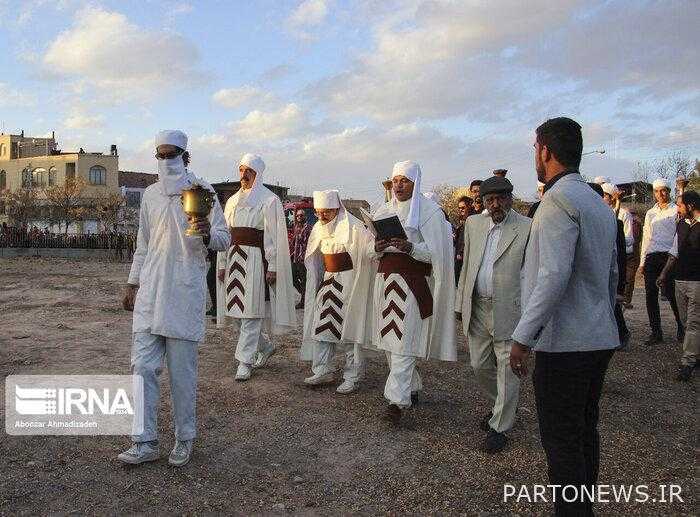
Celebrations are a platform for cultural interactions and the influence of cultures on each other
Bastani Rad explained: According to the solar calendar, some of these celebrations are appropriate for the equinoxes (beginning of spring and autumn) and revolutions (beginning of summer and winter). The revolution of nights in Shab-e Cheleh (December 20), which is about 14 hours and 15 minutes versus 9 hours and 45 days; Or Nowruz (beginning of spring) and Mehregan, which is proportional to the equinoxes and is approximately equal to the duration of day and night (about 12 hours 10 minutes a day versus 11 hours and 50 minutes a night).
He added: “Century celebration in the southern regions of Iran among Zoroastrians and Muslims in the provinces of Fars, Hormozgan, Kerman, South Khorasan, Yazd and parts of Sistan and Baluchestan is still observed and Iranians celebrate the century in these areas, but Syrian Wednesday in previous years.” In these areas it has been less than a century, but other Iranians everywhere in the world, especially in Iran, celebrate Syrian Wednesday and it is more pervasive than a century.
Spontaneous and permanent “survival” is an important factor in recording celebrations
“Celebrations are a platform for cultural interactions and the influence of cultures on each other,” Bastani-Rad said. For example, Cheleh, which is the longest night in the Iranian calendar, is celebrated by some people in Central and West Asia in addition to Iranians.
The head of the Silk Road Research Center of Shahid Beheshti University stated: In examining the file of celebrations in UNESCO, groups and host organizations, side events and the cultural and social role of celebrations in society, and other components are important. In recording these events in the center of intangible heritage, it is considered very important to be alive, that is, to establish spontaneous and permanent celebrations; Therefore, Iranian celebrations have a high chance of world registration, which are adorned with such features.
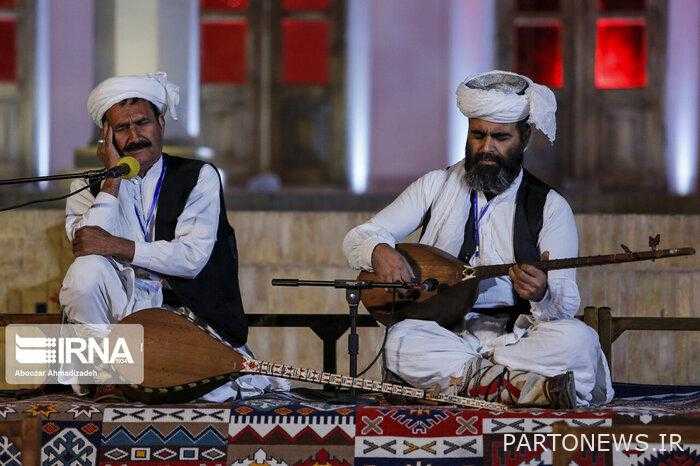
Diversity and unity are the characteristics of music in Iran
Bastani-Rad, referring to the holding of the 14th regional music festival in Kerman in November 1400, said: “This event is one of the most regular art festivals in Iran, which has been held continuously for the past 14 years.” All regions of Iran from all provinces and all Iranian ethnic groups have representatives in this event and play their local music.
The head of the Silk Road Research Center of Shahid Beheshti University said: “Diversity and unity are the characteristics of music in Iran; While each type of music is a subset of Iranian music and belongs to a geographical section, cultural group and folklore of specific regions (ie they have diversity), but in general they are a subset of Iranian music and are united in this respect. This issue is one of the important features of the Silk Road program, which has the motto of diversity, dialogue and development.
He added: “On the one hand, the instrument of one region may be different from the instrument of other regions (for example, the difference between qichak and kamancheh in Baluch and Kurdish music), but all of them belong to the group of Iranian instruments.” Another important point is that each type of music in Iran is directly related to Iranian celebrations.
In the regional music festival, musicians usually appear in their local costumes and instruments, and sing songs in the local language, dialect, or dialect, and play a global introduction to each of these types of music, with several special features ranging from music, instrument and dialect to clothing. Displays songs and literature of an area.
The representative of the National Commission for UNESCO-Iran in the UNESCO Silk Road program added: “The regional music festival is both a protection of Iranian and local music and a representative of traditional clothing and Iranian dialects, local poems and folk songs. Strengthen common ground with neighboring countries.
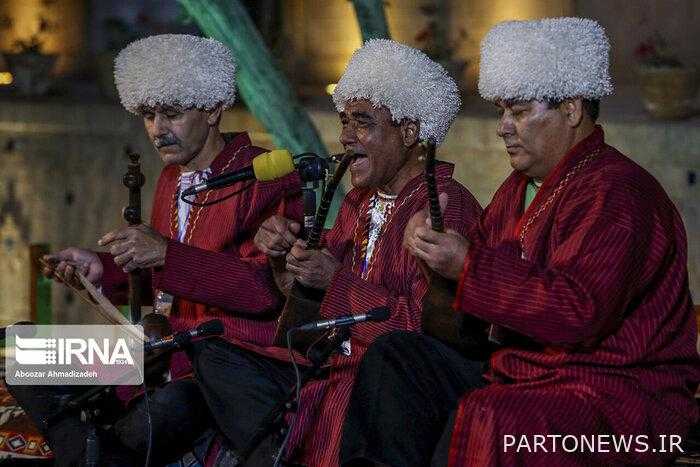
Iranian music and aspects of common heritage with neighbors
Bastani-Rad pointed to the cultural and artistic commonalities of the Iranian tribes and neighboring countries and said: “Qichak instrument between the Baluchis of Iran and Pakistan, or two strings in Khorasan and many groups of Central Asian tribes, as well as the love of the Republic of Azerbaijan with Azeri Iranians and Iranian Kurdish music with The Kurdish music of northern Iraq, southern Turkey and eastern Syria, and the music of the Persian Gulf coastal people have much in common with the music of its south and are very important in terms of common heritage.
The head of the Silk Road Research Center of Shahid Beheshti University added: “Music, on the one hand, creates cultural interaction with other countries, especially its neighbors, and on the other hand, can be a symbol of peace and friendship between the cultures of these regions.” Therefore, Iran’s insistence on recording regional music along with four Iranian festivals should be considered the most important step in the globalization of Iranian living heritage.

